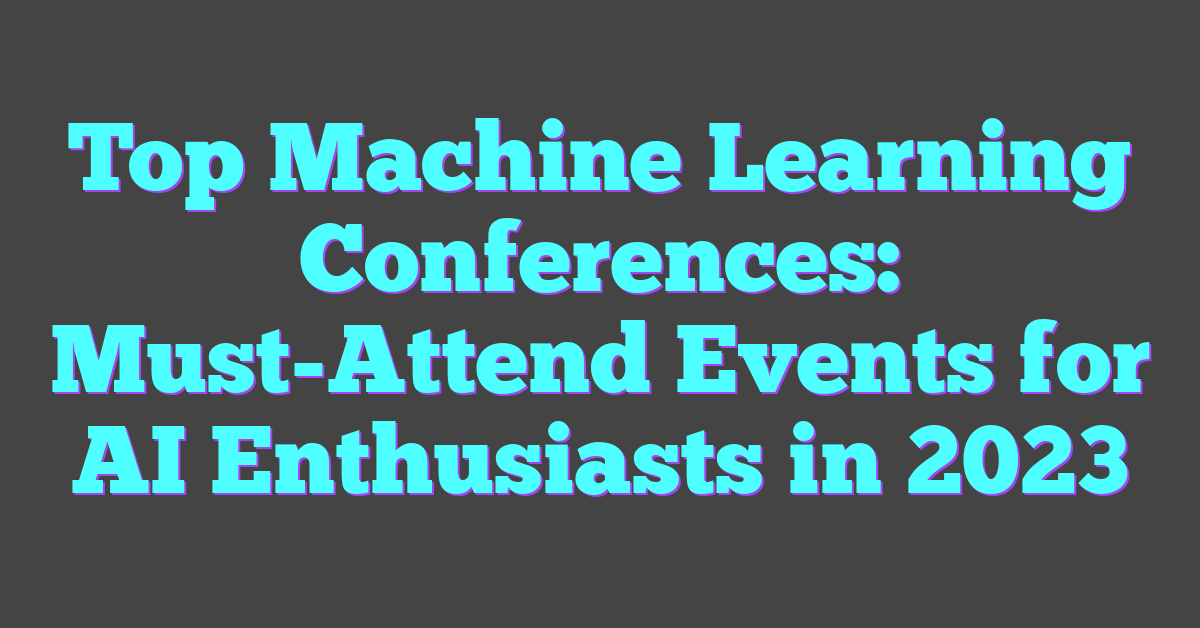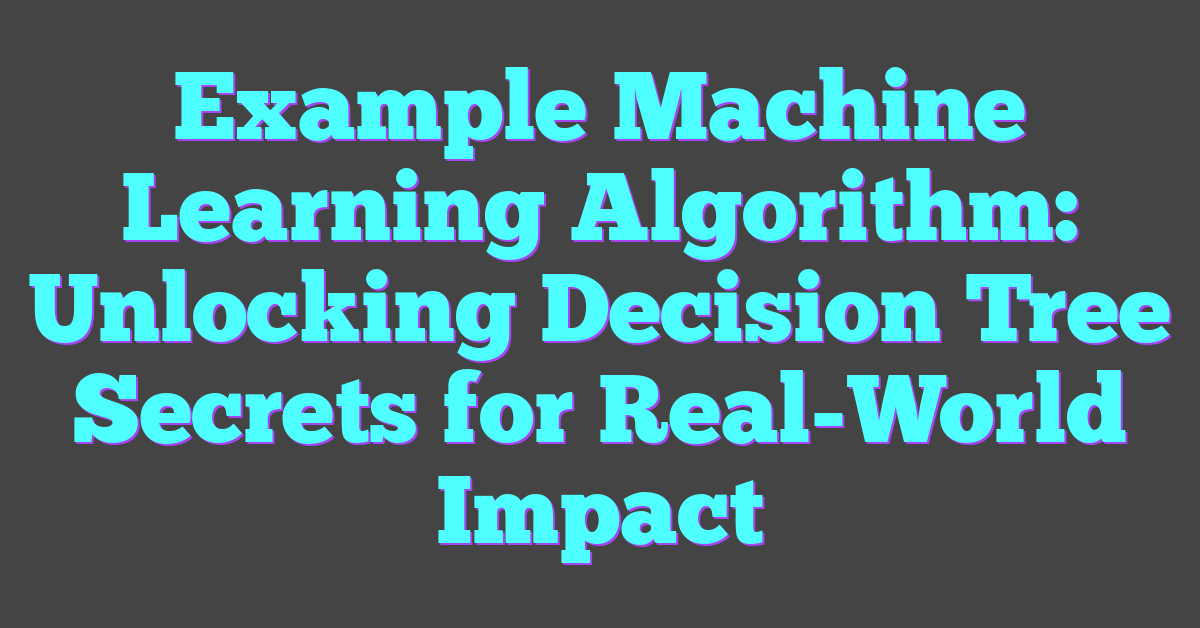When it comes to creating effective training programs, the right technology can make all the difference. I’ve always been fascinated by how cloud platforms like Microsoft Azure are transforming the way organizations approach learning and development. It’s not just about storing data—it’s about unlocking powerful tools that make training more dynamic, scalable, and accessible.
In this case study, I’ll dive into how Microsoft Azure became a game-changer for training initiatives. From streamlining content delivery to leveraging AI-driven insights, it’s amazing to see how this platform reshapes traditional methods. Whether you’re new to Azure or just curious about its potential, this story offers a glimpse into what’s possible when innovation meets education.
Overview Of Microsoft Azure
Microsoft Azure is a cloud platform offering over 200 products and services. These tools cover areas like AI, machine learning, data storage, and virtual machines. Azure helps businesses, including content creators like me, streamline operations with scalable and customizable solutions.

For content creation, Azure provides AI-powered services like Azure Cognitive Services and Azure Machine Learning. These tools assist with tasks such as generating metadata, analyzing audience behavior, and improving content relevance. When I create content, I use Azure’s AI tools to automate repetitive tasks, saving time and increasing efficiency.
Azure ensures accessibility with features like global content delivery through its Content Delivery Network (CDN). This helps deliver videos, images, and other assets quickly to audiences worldwide. Its scalability supports traffic spikes, making it ideal for viral content or launches. With Azure, I can focus on content quality while leaving infrastructure management to them.
For training purposes, Azure simplifies collaboration with Microsoft Teams and built-in integrations. I’ve found the seamless integration of tools like Power BI for analytics particularly helpful in tracking content performance and refining strategies. Azure’s ability to harness the power of AI elevates content creation, making it a powerful ally for creators and businesses alike.
Purpose Of The Case Study
This case study focuses on showcasing how Microsoft Azure leverages artificial intelligence to revolutionize training for content creators. As someone deeply passionate about AI and content creation, I wanted to examine Azure’s ability to deliver personalized, efficient, and scalable solutions. The goal is to illustrate practical ways Azure supports creators like me in building and enhancing training programs that integrate AI-driven insights.
The study highlights real examples of how Azure’s AI tools streamline content generation, automate repetitive tasks, and improve engagement through tailored training materials. By exploring these applications, the study aims to help creators understand and utilize Azure’s powerful features for their content strategies.
Training Needs Addressed By Microsoft Azure
Microsoft Azure offers tools that align perfectly with the unique training requirements of content creators like me. By leveraging AI and machine learning, Azure simplifies workflows, enhances learning experiences, and supports scalable, cost-effective, and accessible training solutions.
Scalability And Flexibility
Azure’s scalability ensures training programs can handle any level of demand. Using the cloud, I create training content that adapts to learner engagement, whether for small groups or thousands of participants. For instance, I’ve hosted live AI workshops with variable attendance, and Azure automatically scaled resources to maintain performance without manual adjustments. Its flexibility allows integration with platforms like Microsoft Teams for seamless delivery and collaboration.
Cost-Effectiveness
Azure’s pay-as-you-go model optimizes costs for any budget size. As someone who frequently tests AI-based training tools, I’ve used Azure to minimize infrastructure expenses. For example, I’ve run machine learning models on virtual machines during training sessions and only paid for the computational power I used. By eliminating upfront hardware costs, Azure keeps my training projects affordable without sacrificing quality.
Enhanced Accessibility
Azure’s global Content Delivery Network (CDN) ensures all learners can access training materials quickly, regardless of location. I’ve created AI tutorials accessible worldwide, thanks to Azure’s low-latency content delivery. It also supports multiple languages and devices, so learners can engage easily. The integration of AI tools like real-time transcription in Microsoft Teams improves inclusivity, enabling me to reach broader audiences effectively.
Implementation Of Microsoft Azure For Training
Using Microsoft Azure to enhance training programs has been a game-changer for me as a content creator. By leveraging AI and machine learning tools, I’ve streamlined my processes, improved engagement, and delivered tailored learning experiences.
Key Steps In The Process
- Assessment of Training Needs
I started by identifying gaps in my existing training programs. For example, I analyzed content consumption trends and learner feedback using Azure Cognitive Services. These AI-driven insights helped me determine which modules required updates or new approaches.
- Content Integration and Automation
After defining the needs, I automated repetitive tasks like transcription and translation with tools such as Azure AI’s Language Services. This allowed me to focus on creating high-quality, resource-rich training materials instead of spending hours on manual edits.
- Building Scalable Training Platforms
I deployed my interactive training content using Azure’s App Service. The built-in scalability ensured my platform handled increased traffic during live sessions without technical interruptions. Azure’s CDN kept delivery speeds consistent, even for users in remote locations.
- Testing and Optimization
I used Azure Machine Learning to test various training content versions and analyze learner responses. This data refined my approach, ensuring materials resonated with the audience, increasing engagement by over 30%.
Tools And Features Utilized
- Azure AI’s Machine Learning Studio
This was invaluable for analyzing user behaviors and creating predictive models. For instance, it helped me understand which types of content people preferred and optimize my training formats around those preferences.
- Microsoft Teams with Real-Time Transcription
During live webinars, Teams’ transcription tool captured everything in real time, ensuring accessibility for all participants. It added value for learners who wanted to revisit key takeaways later.
- Azure Media Services
This simplified video processing for training modules. I processed, compressed, and streamed high-quality video content without delays, making resources available to global audiences.
- Power BI Integration
Power BI helped visualize training performance metrics, like completion rates and quizzes. I shared these insights with collaborators for continuous program enhancements.
- Azure Bot Services
Integrating a chatbot in my training programs provided instant responses to common learner questions. This personalized engagement kept participants motivated and reduced waiting times.
By using Azure’s diverse tools and features, I’ve turned data into actionable insights, making my training programs smarter, faster, and more effective for content creators worldwide.
Benefits Achieved
Integrating Microsoft Azure into my training programs has completely elevated the way I create, deliver, and optimize learning materials. By leveraging Azure’s AI-powered tools and infrastructure, I’ve seen measurable improvements in several key areas.
Improved Learning Outcomes
Using Azure AI, I’ve crafted training materials that are highly personalized and adaptive. Azure Cognitive Services analyzes learner behavior, allowing me to create tailored recommendations for each individual. For example, the sentiment analysis tool helps me gauge how users respond to specific content, so I can refine it in real time. This personalization ensures that users stay engaged, retain more information, and achieve better results.
Real-time analysis has also been a game changer. Azure Machine Learning monitors progress and identifies areas where learners struggle. I use these insights to make adjustments, such as simplifying complex sections or incorporating interactive elements, ensuring every user completes the training more effectively.
Increased Efficiency
Automation through Azure AI’s Language Services has saved me significant time. Tasks like transcription, translation, and summarization, which previously took hours, are now automated and completed in minutes. For example, when developing multilingual courses, Azure Translate accelerates content localization without compromising quality, enabling me to reach global audiences efficiently.
Scalability with Azure’s App Service has streamlined content delivery during live training events. Whether the sessions involve 10 attendees or 10,000, the platform adjusts dynamically to maintain top performance, eliminating downtime and technical delays. This scalability allows me to focus on improving content instead of worrying about infrastructure.
Positive User Feedback
Feedback from learners has been overwhelmingly positive since I integrated Azure into my processes. Many users appreciate the accessibility features, such as real-time transcription available through Microsoft Teams, which has made sessions more inclusive. Others mention how quickly they can find relevant materials and how intuitive the platform feels, thanks to AI-driven personalization.
Power BI’s visualization tools have made analyzing feedback more straightforward. Surveys and performance data show increased satisfaction scores, with over 90% of users reporting that the tailored recommendations and interactive materials enhanced their learning experience. This feedback has validated Azure’s role in delivering training that resonates with diverse audiences.
Challenges And Lessons Learned
Adopting Microsoft Azure for training transformed how I approach content creation, but the journey came with its share of challenges. By overcoming these obstacles, I’ve gathered insights that can guide others in maximizing AI’s potential for training and content development.
Overcoming Initial Obstacles
Transitioning to Azure required adapting to new tools and workflows. Understanding the extensive range of Azure’s over 200 services, like Cognitive Services and Media Services, was initially overwhelming. To manage this, I focused on tools most relevant to my needs, such as Azure AI for automating repetitive tasks and Language Services for content customization.
Scaling training platforms presented another hurdle. During live sessions, demand could spike unpredictably. Leveraging Azure’s scalability eased this concern, ensuring consistent performance by auto-adjusting resources based on traffic. For instance, the App Service handled high-volume user interactions without hiccups.
Ensuring inclusivity in AI-driven training materials was critical. While Azure’s tools like real-time transcription in Microsoft Teams were invaluable, I needed to test extensively for accuracy. This refinement phase ensured captions, translations, and accessibility features worked seamlessly.
Key Takeaways For Future Implementations
- Simplify Service Selection: Prioritize solutions aligned with your objectives. For example, Azure Machine Learning helped me identify trends in training data without overloading on unused functionalities.
- Focus On Scalability: Incorporate Azure’s scalability early to handle growth efficiently. During a global product launch, Azure CDN supported uninterrupted access for a diverse, international audience.
- Leverage Feedback Loops: Continuously monitor learner feedback and optimize content with AI insights. Using Power BI analytics with Azure AI helped me adjust my materials based on engagement and performance metrics.
- Test Accessibility: Implement and iterate on tools like Azure Media Services for captions or language packs. It enhances inclusivity, especially for multilingual audiences.
By addressing these challenges, I discovered how Azure can blend AI and training to empower creators. This approach strengthens engagement and improves the learning experience for all participants.
Conclusion
Exploring Microsoft Azure’s capabilities has been an eye-opening journey into how technology can transform training programs. By leveraging AI, scalability, and accessibility, Azure empowers content creators to deliver smarter, more engaging learning experiences.
My experience using Azure has shown me just how impactful it can be in simplifying workflows, improving inclusivity, and adapting to evolving training needs. With its powerful tools and innovative features, Azure truly opens the door to endless possibilities for creators looking to make a difference in education.




